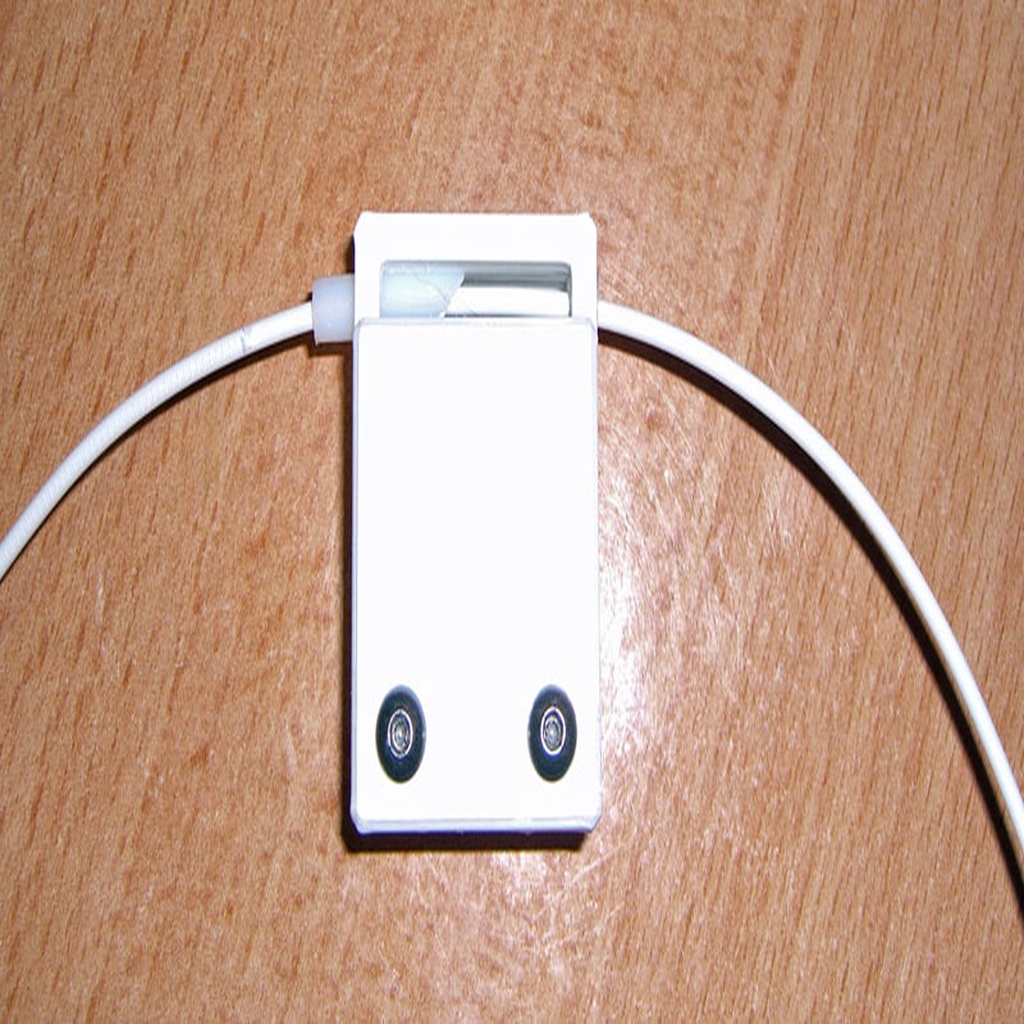
Ender 3 (Pro) Filament Runout Sensor V1
prusaprinters
<p><strong>(Description in german below // Deutschsprachige Beschreibung folgt unten)</strong></p><p>Since I recently mounted a BLTouch on my Ender 3 Pro, I no longer need the mechanical Z-axis end switch. I have now converted it into a filament runout sensor and designed a small housing for it.<br>The case has no special mounting possibility at the moment, because I'm not sure yet where I'll finally mount the device. At the moment I simply fixed it with adhesive tape on top of the horizontal frame.<br>For the electrical connection to the mainboard of the printer and the necessary adjustments in Marlin I recommend the corresponding video by Teaching Tech: <a href="https://youtu.be/gwHpXaj">https://youtu.be/gwHpXaj</a><br>2 short pieces of PTFE tubing are required to guide the filament: A slightly longer one on the left on the "input side". I recommend to bevel this a little on the side that comes into the housing (see photo).<br>A very short piece is sufficient for the "output side" - in the end only as long as the wall is thick.<br>Otherwise 4 short M3 screws are needed: 2 to fix the small circuit board in the case, 2 to fix the cover.</p><p><strong>Please post your make. Thank you. :-)</strong></p><p>Da ich kürzlich einen BLTouch an meinem Ender 3 Pro montiert habe, benötige ich den mechanischen Endschalter für die Z-Achse nicht mehr. Diesen habe ich jetzt in einen Filament-Runout-Sensor umgebaut und mir ein kleines Gehäuse dafür konstruiert.<br>Das Gehäuse hat momentan keine spezielle Befestigungsmöglichkeit, da ich mir noch nicht ganz sicher bin, wo ich das Teil letztendlich anbringen werde. Momentan habe ich es einfach mit Klebeband oben am Querträger fixiert.<br>Zum elektrischen Anschluss ans Mainboard des Druckers und die erforderlichen Anpassungen in Marlin empfehle ich das entsprechende Video von Teaching Tech: <a href="https://youtu.be/gwHpXaj_6xE">https://youtu.be/gwHpXaj\_6xE</a><br>Für die Führung des Filaments werden noch 2 kurze Stücke PTFE-Schlauch benötigt: Ein etwas längeres links auf der "Eingangsseite". Dies empfehle ich, auf der Seite, die ins Gehäuse kommt, ein wenig anzuschrägen (s. Foto).<br>Für die "Ausgangsseite" reicht ein ganz kurzes Stück - letztlich nur so lang, wie die Wand dick ist.<br>Ansonsten werden noch 4 kurze M3-Schrauben benötigt: 2, um die kleine Platine im Gehäuse zu befestigen, 2 um den Deckel zu befestigen.</p><p><strong>Bitte stellt Euren "Make" ein. Danke. :-)</strong></p>
With this file you will be able to print Ender 3 (Pro) Filament Runout Sensor V1 with your 3D printer. Click on the button and save the file on your computer to work, edit or customize your design. You can also find more 3D designs for printers on Ender 3 (Pro) Filament Runout Sensor V1.
